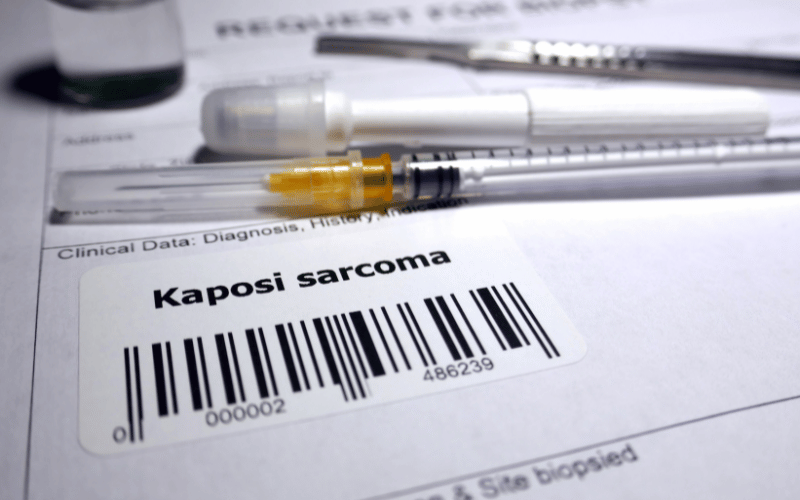Introduction: The Subtle Symptoms that Speak Volumes

When it comes to the health of your skin and, more importantly, your overall well-being, it’s easy to dismiss or overlook minor issues as trivial nuisances. Maybe you’ve noticed some changes—unusual spots, fatigue, or even unexplained weight loss—but you’ve chalked them up to stress, age, or a harmless skin condition.
This might be the gravest mistake you ever make. Kaposi’s Sarcoma (KS), a form of cancer that can start in the skin, lymph nodes, or other organs, presents a variety of symptoms, many of which are easily dismissible. Understanding these symptoms can be a critical first step toward proper diagnosis and treatment.
But it’s not just about identifying these signs. It’s about knowing what each symptom could mean and the potential consequences of ignoring them.
While some symptoms might seem benign, they could indicate the cancer has spread to other parts of the body. Therefore, it’s crucial to read each symptom carefully and consult a healthcare provider for a proper diagnosis if you’re experiencing any of these symptoms.
1. Dark Spots: The Initial Red Flags

The most common initial symptom of Kaposi’s Sarcoma is the appearance of dark spots on the skin. These spots are more than just skin deep; they come in shades of red, brown, or purple, and often start as flat or slightly raised areas. They can show up on any part of your body, including hard-to-see areas like the soles of your feet or inside your mouth.
What sets these dark spots apart from regular moles or skin blemishes is their potential to signify something much graver. While they are often painless and might seem harmless, they are usually the first sign of Kaposi’s Sarcoma. Neglecting these spots and choosing not to get them examined could be a significant misstep, as early detection is key in treating KS.
Initially, you might notice just one or two spots, but these can multiply or grow in size if left untreated. They might also evolve in color, turning darker or even adopting a multi-hued appearance. Some might ulcerate or become plaque-like over time, indicating the cancer is progressing. (1)